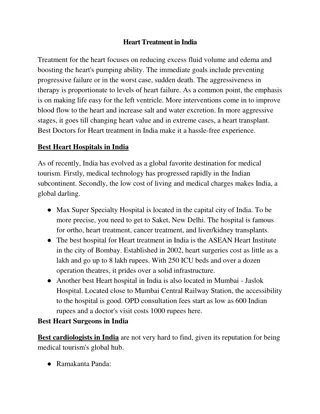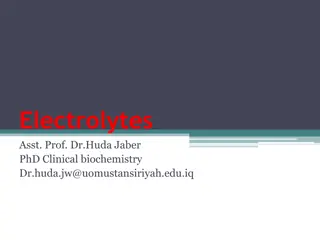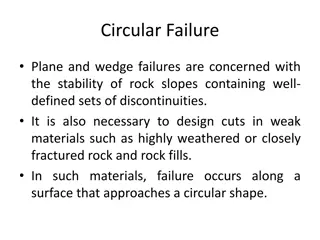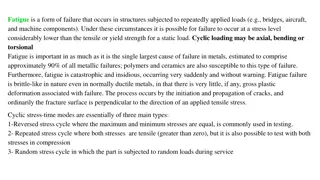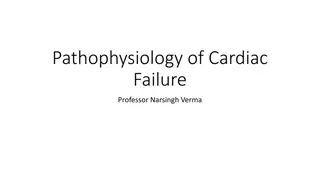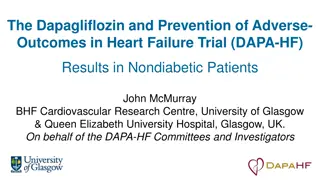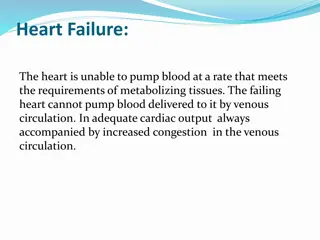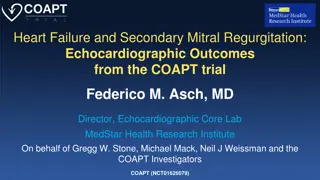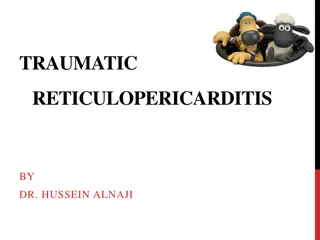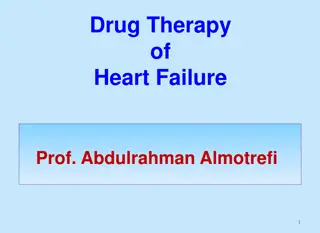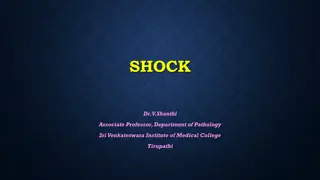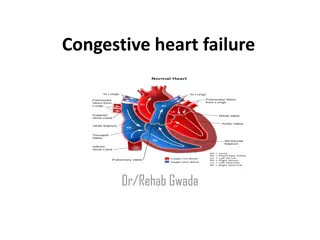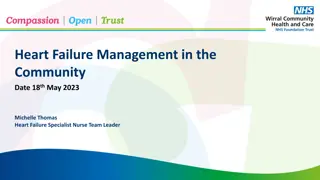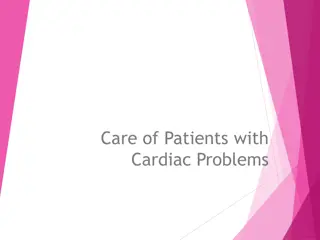Understanding Congestive Heart Failure: From Pathophysiology to Clinical Practice
Congestive heart failure (CHF) is a condition characterized by systemic and pulmonary congestion due to the heart's inability to pump sufficient blood for the body's metabolism. It is closely linked to age and involves pathophysiology related to preload, afterload, contractility, and heart rate. Management of CHF requires the application of basic sciences to clinical practice, focusing on maximizing oxygen delivery, cardiac output, and stroke volume. Different causes of CHF in relation to congenital heart disease and clinical manifestations in neonates and infants are also discussed in detail.
Download Presentation

Please find below an Image/Link to download the presentation.
The content on the website is provided AS IS for your information and personal use only. It may not be sold, licensed, or shared on other websites without obtaining consent from the author. Download presentation by click this link. If you encounter any issues during the download, it is possible that the publisher has removed the file from their server.
E N D
Presentation Transcript
Congestive Heart Failure A basic science to clinical practice Yuttapong Wongswadiwat, M.D. Assistant professor, Division of Pediatric Cardiology, Department of Pediatrics Faculty of Medicine, Khon Kean University Lao Paediatric CME conference 2019 Vientiane Capital, Lao PDR 26 April 2019
Congestive heart failure (CHF) Clinical state of systemic and pulmonary congestion resulting from inability of the heart to pump as much blood as required for the adequate metabolism of the body Strictly related to age Pathophysiology related to preload, afterload contractility and heart rate Management is an application of basic sciences to clinical practice
The Frank Starling mechanism Clinical critical care medicine, Richard K. Albert et al. 2006
The Pressure volume loop of ventricles Clinical critical care medicine, Richard K. Albert et al. 2006
Maximizing Oxygen Delivery Cardiac Output Heart Rate Stroke Volume X = Heart rate Physiologic Response Non-physiologic Response Sinus vs. junctional vs. paced ventricular rhythm Stroke Volume Contractility Diastolic Filling Afterload ( SVR ) Normal CI = 3.5 5.0 L/min/m2 NB CI = 1.7 3.5 L/min/m2
Pathophysiology of Heart Failure Pediatrics and Neonatology (2017)58, 303e312 http://dx.doi.org/10.1016/j.pedneo.2017.01.001
Causes of CHF resulting from CHD Age of Onset Cause At birth HLHS Volume overloaded lesions: TR,PR Large systemic AV fistula First week TGA, PDA, HLHS, TAPVR, Systemic AV fistula Critical AS/PS 1-4 week CoA with associated anomalies, Critical AS Large left to right shunt lesions(VSD,PDA) 4-6 week Endocardial cushion defect 6 weeks-4 month Large VSD, Large PDA, ALCAPA
ClinicalManifestations Inneonates and infants Tachypnea, feedingdifficulties, poorweightgain, excessiveperspiration, irritability weakcryandnoisy, laboredrespiration HepatomegalyandCardiomegaly Tachycardiaandgalloprhythm Edema Palloranddeepcoloring
ClinicalManifestations InChildren Fatigue, effortintolerance, anorexia, abdominalpainandcough Engorgedneckvein, hepatomegalyandedema Dyspnea, orthopneaandpulmonaryrales Cardiomegaly Galloprhythm
CHF in Neonates and Infants Feeding difficulties and excessive sweating Tachycardia >150/min is common Mild-moderate-severe feeding volume & time, RR, HR Tachycardia, Tachypnea, Cardiomegaly Hepatomegaly Pathophysiology of symptoms
Heart Failure scores MJAFI 2003; 59 : 228-233
Treatment Theunderlyingcauses Generalmeasures Diet: restrict, low salt, high calories Digitalis Diuretics: furosemide, spironolactone Afterload-reducingagents Adrenergicagonists Phosphodiesteraseinhibitors
Mechanism of digitalis action http://www.cvpharmacology.com/cardiostimulatory/digitalis.htm
Digitalis Half life 36 hours (daily or twice daily) 60 85% GI absorption(elixir > tablet) Peak effect (oral 2 6 hr, IV 1 4 hr) Cross the placenta Almost eliminated by kidney Digitalization Serum digitalis level 1 2 ng/ml ( infant may 2 4 ng/ml )
Pediatric digitalis dose Age Total Digitalizing Dose (mcg/kg) Maintenance Dose* (mcg/kg/day) 5 Premature infants 20 30 8 Newborn infants 40 50 10 12 <2 yr 30 40 8 10 >2 yr
Effects of catecholamines Receptors 1 2 Dopa Drugs Epinephrine +++ +++ +++ 0 Norepinephrine +++ ++ 0 0 Dopamine ++ ++ + ++ Dobutamine 0 - + +++ + 0 Isoproterenol 0 +++ +++ 0
Common CHD with CHF VSD ASD,AVSD PDA CoA TAPVR, Truncus arteriosus, DTGA Single ventricle ALCAPA
Thank Thankyou attention attention youfor your for your ContactAddress: Assistant professor. Yuttapong Wongswadiwat Department of Pediatrics, Faculty of Medicine, KhonKaen University, THAILAND Email: wyutta@kku.ac.th




